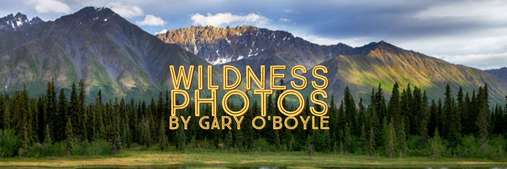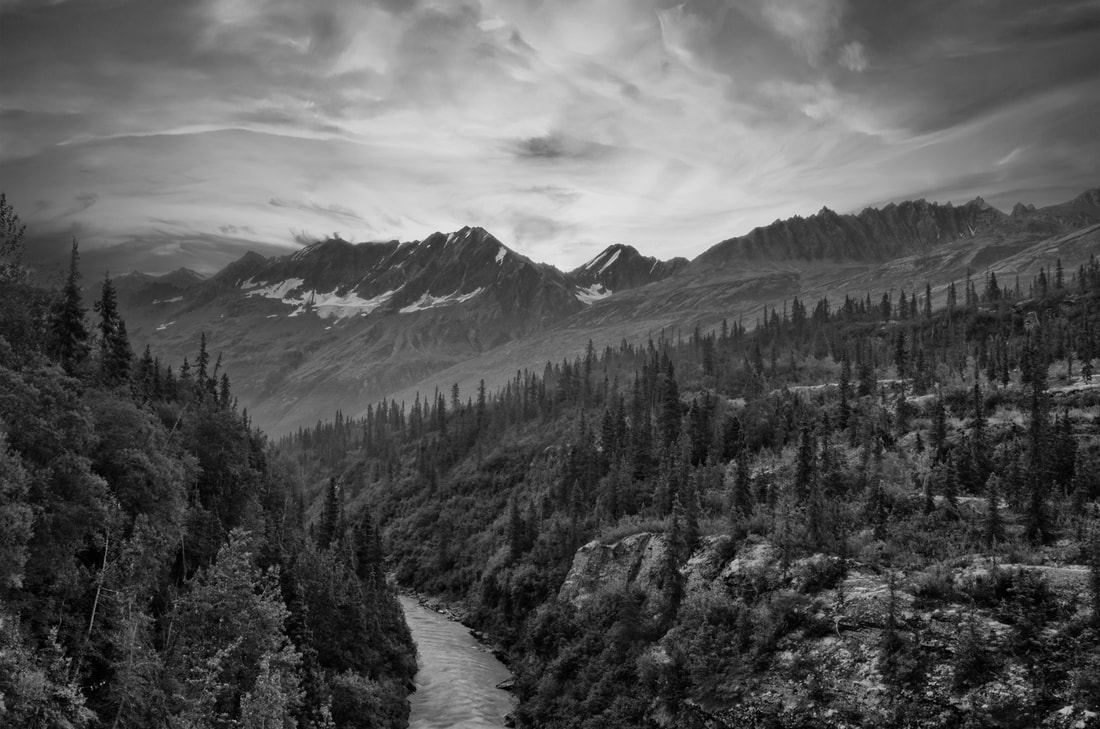Landscape Photography
Landscape photographs typically capture the presence of nature but can also focus on man-made features or disturbances of landscapes. As with most forms of art, the definition of a landscape photograph is broad and may include rural or urban settings, industrial areas or nature photography.
Landscape photography commonly involves daylight photography of natural features of land, sky and water, at a distance—though some landscapes may involve subjects in a scenic setting nearby, even close-up, and sometimes at night. The best photos demonstrate the photographer's own connection to nature and capture the essence of the world around them.
Here are some tips to help you capture landscapes.
1. Selecting an aperture
When taking landscape pictures, you want to get an exceptionally sharp, clear image. Your exposure settings will have an effect on this, starting with the aperture. To get that sharpness in the overall image a mid-range aperture, like f/8 usually works well. Using an aperture closer to either end of the spectrum can cause slight reduction in clarity. To get a more creative image with slight blurring in the fore or background use a setting closer to the higher or lower ends of the aperture dial. To achieve the affect, you are looking for you may need to experiment some.
2. ISO Setting
For the best quality image, a low ISO works best. Somewhere between 100 and 400 keeps unsightly graininess down to a minimum. But sometimes in order to get the shot you want you may need to raise the ISO. Conditions like low light or stronger winds might need a higher ISO.
3. Use a tripod
Sometimes to use the aperture and shutter speed you want a tripod will help reduce camera shake. A tripod isn't always needed but hand holding a camera can cause unwanted blur. The general guideline is to look at the focal length of your lens and your shutter speed shouldn't be lower than the reciprocal of that number. An example is if your focal length is 50mm you may be able to shoot at about a 1/50 sec shutter speed without a tripod.
4. Golden Hour
The Golden Hour or Magic Hour offer incredible opportunities. This is the time just after sunrise and just before sunset. The sun creates a soft diffused golden light that is just right for landscape photography. Other times of day offer other opportunities. During the middle part of the day watch the sky. If you have clouds in the sky wait until they cover the sun to soften harsh shadows. Also positioning yourself under a tree or in a shaded area can help with harsh shadows.
5. Polarizing Lens
Using a polarizing lens will help enhance colors and contrast in your image. It will also help reduce glare from the sun. They are very useful when shooting images that include water, sky, rich colors and lots of reflections. When using point and shoots or using a camera phone attaching a filter can be a problem but you can hold a filter in front of your lens for a quick work-around.
6. A Good Landscape Photograph.
A well-composed landscape photo arranges visual elements, like trees, clouds, mountains or people, so that they catch the eye, tell a story or evoke a certain emotion. Some tips to take a nice Landscape image are...
The Rule of Thirds
The Rule of Thirds is a standard technique that will help create an interesting and balanced image. Many newer cameras also allow you to set a grid in your viewfinder that will help with this.
Leading Lines
Using lines found in your subject can help create a since of movement through your image. Roads, tree lines, rivers, fences or any other feature that extends through your image can help guide the viewers eye through the image.
Point of View
Changing you point of view can keep your pictures from feeling all the same. Try shooting from a lower angle and even lying on the ground or finding a higher viewpoint, like climbing a small rise or hill. Anything to alter the angle you see your subject.
Landscape photography commonly involves daylight photography of natural features of land, sky and water, at a distance—though some landscapes may involve subjects in a scenic setting nearby, even close-up, and sometimes at night. The best photos demonstrate the photographer's own connection to nature and capture the essence of the world around them.
Here are some tips to help you capture landscapes.
1. Selecting an aperture
When taking landscape pictures, you want to get an exceptionally sharp, clear image. Your exposure settings will have an effect on this, starting with the aperture. To get that sharpness in the overall image a mid-range aperture, like f/8 usually works well. Using an aperture closer to either end of the spectrum can cause slight reduction in clarity. To get a more creative image with slight blurring in the fore or background use a setting closer to the higher or lower ends of the aperture dial. To achieve the affect, you are looking for you may need to experiment some.
2. ISO Setting
For the best quality image, a low ISO works best. Somewhere between 100 and 400 keeps unsightly graininess down to a minimum. But sometimes in order to get the shot you want you may need to raise the ISO. Conditions like low light or stronger winds might need a higher ISO.
3. Use a tripod
Sometimes to use the aperture and shutter speed you want a tripod will help reduce camera shake. A tripod isn't always needed but hand holding a camera can cause unwanted blur. The general guideline is to look at the focal length of your lens and your shutter speed shouldn't be lower than the reciprocal of that number. An example is if your focal length is 50mm you may be able to shoot at about a 1/50 sec shutter speed without a tripod.
4. Golden Hour
The Golden Hour or Magic Hour offer incredible opportunities. This is the time just after sunrise and just before sunset. The sun creates a soft diffused golden light that is just right for landscape photography. Other times of day offer other opportunities. During the middle part of the day watch the sky. If you have clouds in the sky wait until they cover the sun to soften harsh shadows. Also positioning yourself under a tree or in a shaded area can help with harsh shadows.
5. Polarizing Lens
Using a polarizing lens will help enhance colors and contrast in your image. It will also help reduce glare from the sun. They are very useful when shooting images that include water, sky, rich colors and lots of reflections. When using point and shoots or using a camera phone attaching a filter can be a problem but you can hold a filter in front of your lens for a quick work-around.
6. A Good Landscape Photograph.
A well-composed landscape photo arranges visual elements, like trees, clouds, mountains or people, so that they catch the eye, tell a story or evoke a certain emotion. Some tips to take a nice Landscape image are...
The Rule of Thirds
The Rule of Thirds is a standard technique that will help create an interesting and balanced image. Many newer cameras also allow you to set a grid in your viewfinder that will help with this.
Leading Lines
Using lines found in your subject can help create a since of movement through your image. Roads, tree lines, rivers, fences or any other feature that extends through your image can help guide the viewers eye through the image.
Point of View
Changing you point of view can keep your pictures from feeling all the same. Try shooting from a lower angle and even lying on the ground or finding a higher viewpoint, like climbing a small rise or hill. Anything to alter the angle you see your subject.

